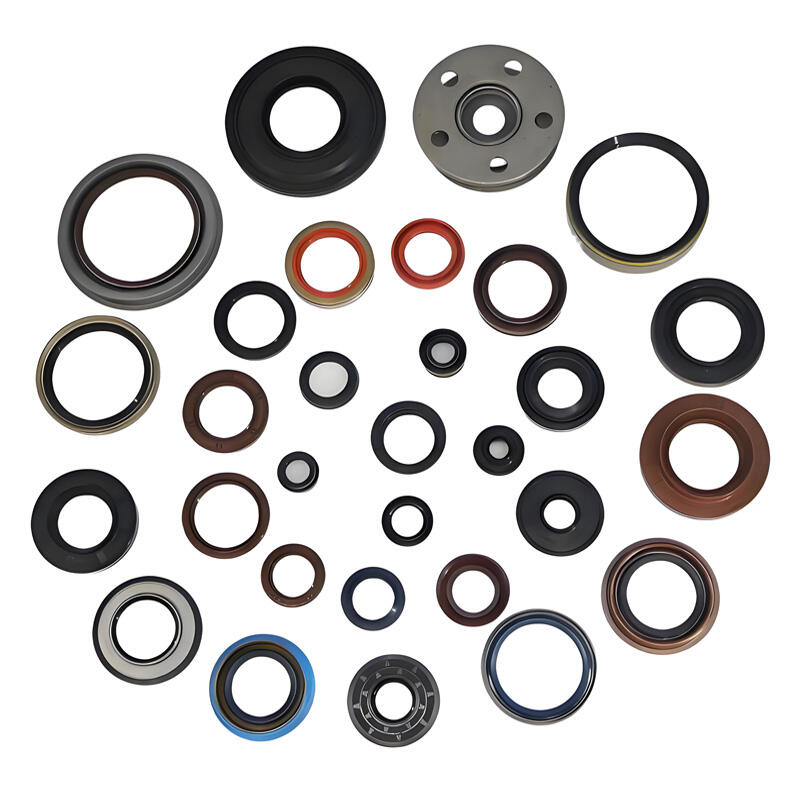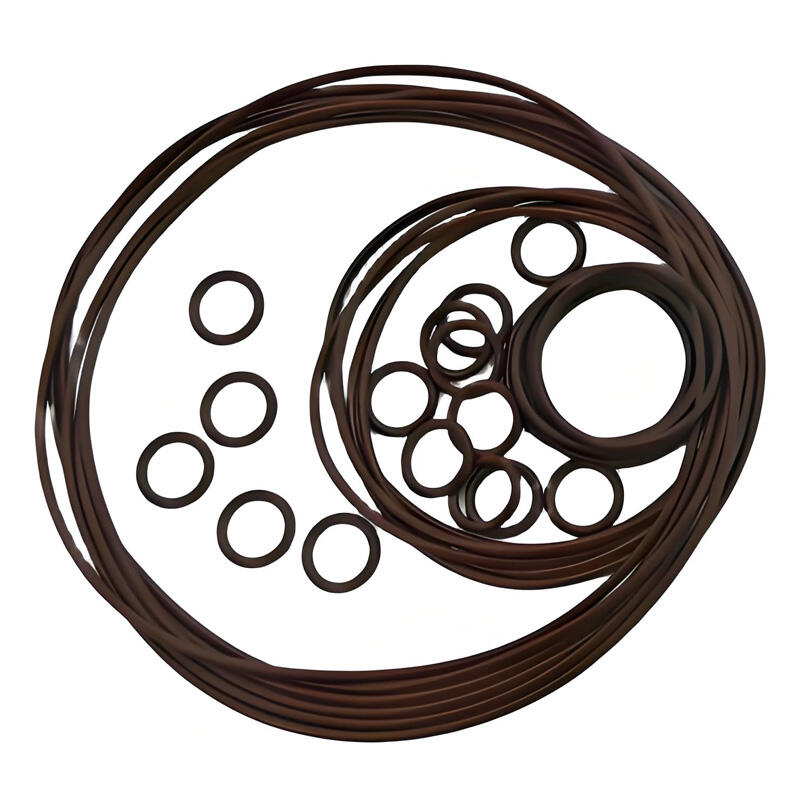Understanding the Critical Role of Rotary Shaft Seals in Industrial Applications
In the world of industrial machinery and equipment, the importance of proper sealing cannot be overstated. Rotary shaft seals serve as crucial components in maintaining the efficiency and longevity of rotating equipment across various industries. These specialized sealing solutions prevent lubricant leakage, keep contaminants out, and ensure optimal performance of industrial machinery. Whether you're managing a manufacturing facility, overseeing maintenance operations, or designing new equipment, selecting the right rotary shaft seal can make the difference between smooth operations and costly downtime.
The selection process requires careful consideration of multiple factors, from operating conditions to material compatibility. Modern industrial applications demand increasingly sophisticated sealing solutions that can withstand challenging environments while maintaining peak performance. Understanding these requirements and matching them with the appropriate rotary shaft seal characteristics is essential for achieving optimal results.
Essential Considerations for Seal Selection
Operating Environment Parameters
The operating environment plays a pivotal role in determining the most suitable rotary shaft seal for your application. Temperature ranges, pressure conditions, and chemical exposure all significantly impact seal performance. High-temperature environments may require specialized materials like fluorocarbon or silicone, while applications involving aggressive chemicals might need chemically resistant compounds.
Speed considerations are equally crucial, as different seal designs are optimized for specific rotational velocities. Surface speed at the seal lip must be carefully evaluated to ensure the chosen rotary shaft seal can handle the operational demands without premature wear or failure.
Material Selection Criteria
Selecting the right material for your rotary shaft seal involves balancing multiple properties including wear resistance, chemical compatibility, and temperature tolerance. Elastomeric materials like nitrile (NBR) offer excellent oil resistance and good mechanical properties at moderate temperatures, making them suitable for many industrial applications.
For more demanding environments, advanced materials such as PTFE compounds or hydrogenated nitrile (HNBR) might be necessary. These materials provide enhanced chemical resistance and can withstand higher temperatures, though they often come at a premium price point.
Design Features and Performance Characteristics
Seal Lip Configuration
The design of the seal lip is fundamental to the performance of a rotary shaft seal. Single-lip designs offer simplicity and cost-effectiveness for basic applications, while double-lip configurations provide additional protection against contamination. The lip angle, material hardness, and contact pressure must be optimized for the specific application requirements.
Modern rotary shaft seals often incorporate advanced lip designs with hydrodynamic aids that help maintain a thin lubricant film between the seal lip and shaft. This feature reduces friction and wear while improving sealing performance and extending service life.
Housing and Installation Requirements
Proper installation and housing design are critical for optimal seal performance. The housing bore must meet specific surface finish requirements and dimensional tolerances to ensure proper seal retention. Installation tools and procedures should be carefully selected to prevent damage to the seal during mounting.
Consider the accessibility of the seal for maintenance and replacement when selecting the housing design. Split-design housings may facilitate easier maintenance but require additional consideration for sealing at the split line.

Performance Optimization and Maintenance
Lubrication Considerations
Proper lubrication is essential for the longevity of rotary shaft seals. The type and quantity of lubricant must be compatible with both the seal material and the application requirements. Some modern rotary shaft seals feature self-lubricating materials or special surface treatments that can reduce dependency on external lubrication.
Regular monitoring of lubricant conditions and maintaining proper levels helps prevent premature seal failure. Implementation of condition monitoring systems can provide early warning of potential lubrication issues before they lead to seal damage.
Preventive Maintenance Strategies
Developing an effective maintenance strategy for rotary shaft seals involves regular inspection and monitoring of key performance indicators. Visual inspections can identify early signs of wear or damage, while monitoring operating parameters like temperature and vibration can help predict potential failures.
Establishing proper handling and storage procedures for replacement seals ensures their integrity is maintained until installation. Training maintenance personnel in proper installation techniques and troubleshooting procedures is essential for maximizing seal performance and longevity.
Frequently Asked Questions
What factors most significantly impact rotary shaft seal life?
The primary factors affecting seal life include operating temperature, shaft surface speed, lubrication conditions, and environmental contamination. Proper material selection, installation, and maintenance practices also play crucial roles in determining seal longevity.
How often should rotary shaft seals be replaced?
Replacement intervals depend on operating conditions, seal material, and application requirements. While some seals may last several years in ideal conditions, others in demanding applications might require more frequent replacement. Regular monitoring and preventive maintenance help optimize replacement scheduling.
Can rotary shaft seals be used in high-pressure applications?
Yes, specially designed rotary shaft seals can handle high-pressure applications. However, proper selection is crucial, considering factors such as pressure rating, speed limitations, and material compatibility. Some applications may require additional backup rings or specialized seal designs.

